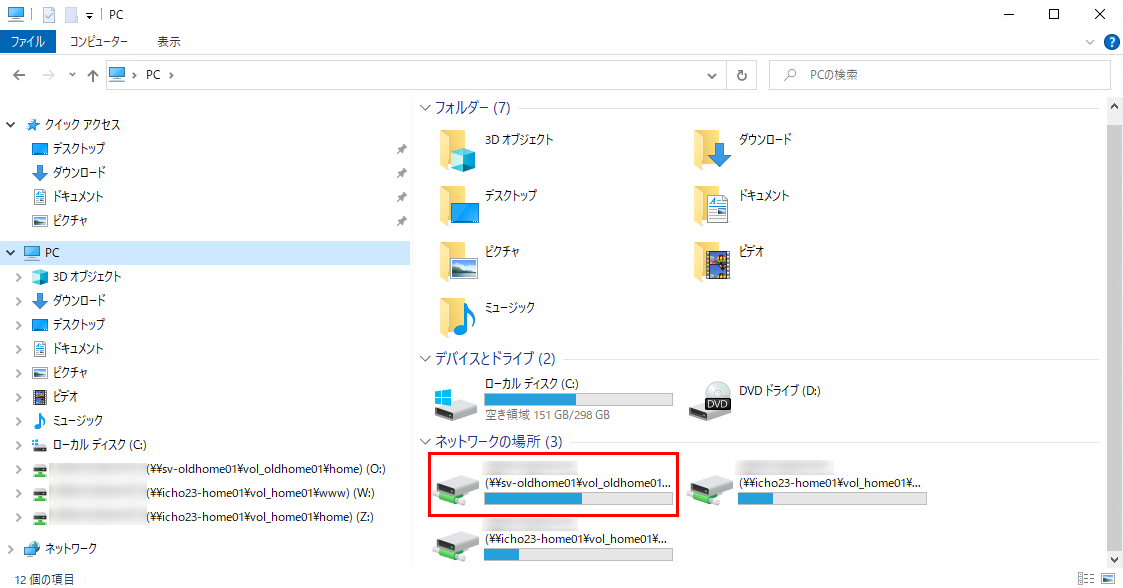We would like to inform you of details regarding the transfer of user home files from the current system to the new system.
There are some modifications from this previous announcement. Please note the following.
- The old user home is migrated separately from each user’s home.
This is because if the various configuration files are migrated as they are, problems may occur when logging in (signing in) on the new system.
The old home is read-only. Please copy the necessary files to the new home before use.
Windows environment: O drive.
Linux environment: /oldhome/UTID-NAME.
(UTID-NAME is your login name) - Each user’s web-publishing folders (directories) have been migrated. These folders (and the files in them) can be used as in the old system.
- Your .ssh folders of users who had set up public keys in the old system have been migrated.
- All other files and directories, including files and directories other than the above directly under home, will not be transferred to the new system directly under user home, so please be very careful. Please copy all necessary files to the new system by yourself. Configuration files and program files used in the old system may not be usable in the new system, so please copy them at your own risk.
The following is a screen shot of O drive using Explorer on Windows.


